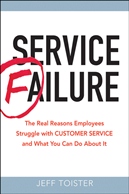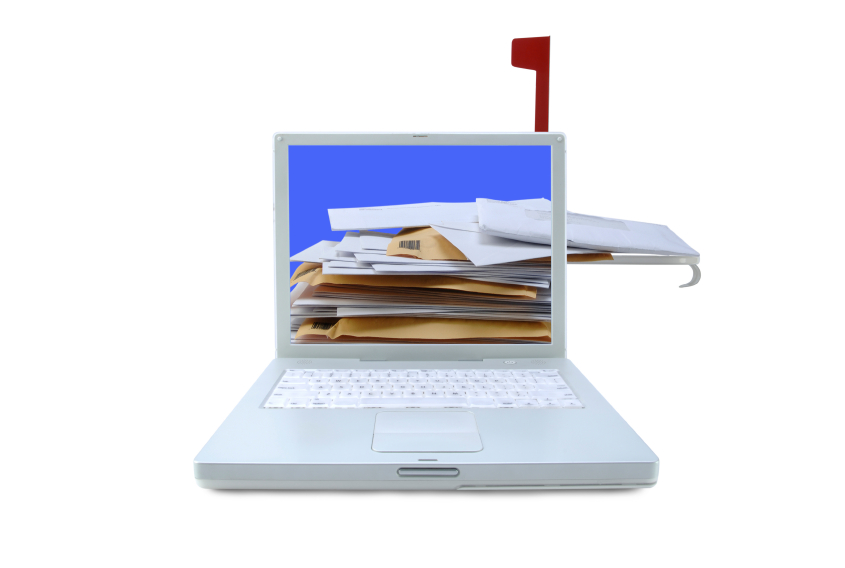The secret sauce behind a strong service culture (Part 3)
 Jeff Toister
Jeff Toister  Tuesday, February 15, 2011 at 8:03AM |
Tuesday, February 15, 2011 at 8:03AM |  This is the third post in a series where I share the three main ingredients that make up the secret sauce behind a strong service culture. The first ingredient was clarity (read that post here). The second ingredient was consistency (read that one here). The third ingredient is commitment.
This is the third post in a series where I share the three main ingredients that make up the secret sauce behind a strong service culture. The first ingredient was clarity (read that post here). The second ingredient was consistency (read that one here). The third ingredient is commitment.
You need more than a banner
I howled with laughter when I saw the 1999 movie Office Space because I had lived through so many of the scenes. One situation I'll never forget happened when I was a training supervisor for a large catalog company. The Vice President of Customer Service called a meeting with all the managers and supervisors to unveil his new "one call resolution" initiative. He explained we could serve our customers much better if we resolved their complaint or problem on the very first call. Here was the entire initiative:
Step 1: Hang up a "One call resolution" banner.
Step 2: Hold a meeting to point out the new banner.
Yup! That really was it.
This banner didn't fix any of our real problems. For example, if a customer returned an item for a refund or exchange, it would sit in a truck trailer on a back lot for four weeks before the trailer was unloaded. This caused customers to repeatedly call and ask, "Did you receive my return?" Reducing that backlog of returns would have reduced a lot more phone calls than a stupid banner!
True Commitment
One of my current clients provides a great example of true commitment to service. Here are just a few things they do to preserve their culture:
-
Job applicants are screened for their ability to embody the organization's service values
-
New hires receive extensive customer service training
-
Executives and managers consistently discuss service with their employees
-
Customer service is a component of everyone's performance review
-
The company's strategic plan includes a customer service goal
The amazing thing is everyone is really expected to live these service values. I recently attended meeting where a frontline employee challenged a vice president on an operational procedure. The vice president accepted the challenge and engaged in a conversation with the employee and everyone else in the meeting about what would work best for the customer. They ultimately came up with some great ideas that everyone was excited about.
I left that meeting feeling sure this company had a real commitment to their service culture.







